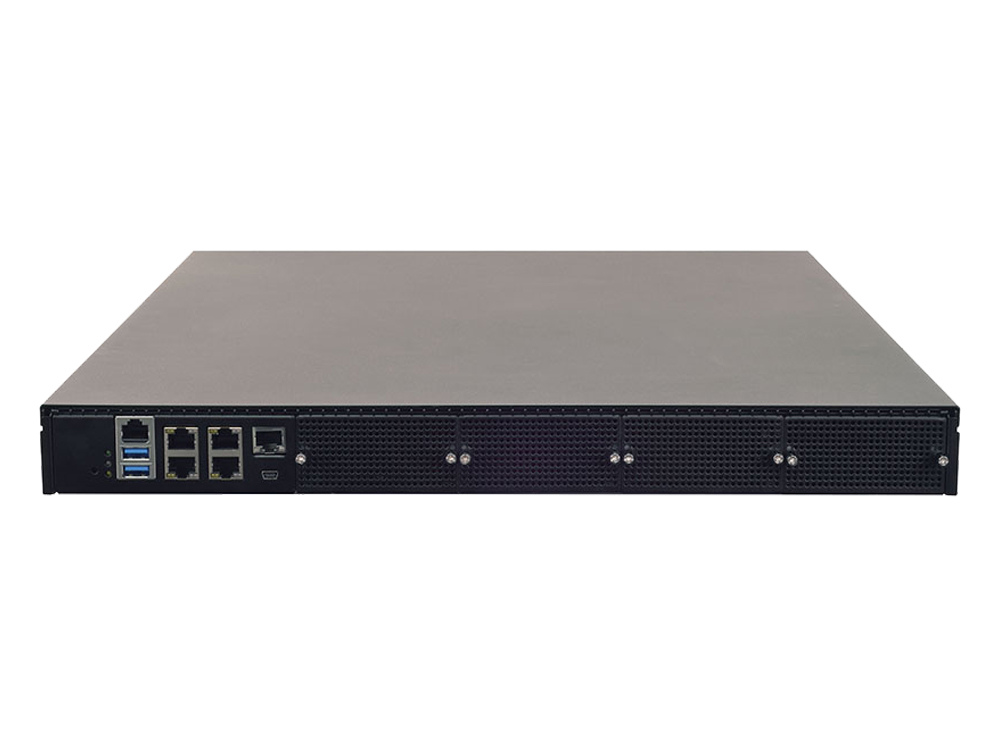Background
The wide adoption of cloud computing in both public and private sectors has changed the communications and interactions between organizations and their uses or customers. This paradigm shift has in fact continued to drive enterprises to improve their network service performance in order to meet the expectations of the public. However, the increased market competition has also changed the way organizations upgrade their IT infrastructures.
Traditionally, if the existing IT infrastructure cannot manage the increased traffics, the IT management would purchase more dedicated equipments, each programmed with vendor-specific software. This vendor locked-in approach has become less favored as intense market competition has shrunken the profit margin. Therefore, a technology known as virtualization emerged. By virtualising existing networking infrastructure, businesses can manage hybrid cloud, multi-cloud, or even multi-tenancy at lower expenses.
However, a high-performance virtualization requires advanced ADC (application delivery controller) to efficiently run the VMs (virtual machines). With the rapid increase in network traffic from mobile devices, ADC would have to be upgraded to perform load-balancing, firewall, and caching better to achieve the optimal application performance.
Facts about ADC
Conventionally, ADC is narrowly perceived as a load-balancing engine. Indeed, it has been proven inaccurate, because an ADC is the core of the application delivery network that covers much more sophisticated aspects.
In a virtualized network, ADC is deployed in the data center or DMZ (demilitarized zones) to direct traffic and remove excessive load from application servers. Thus, application performance can be improved. On the other hand, ADC can execute security measures such as firewall, WAF (web-application firewall) and SSL offload process against cyber threats like DDoS.
As a performance optimization networking core, ADC applies compression and caching technologies to accelerate the application handling and delivery, particularly for multimedia files.
Recommended Hardware
Since reliability, cost-effectiveness and performance are all required for today’s network architecture, an optimized ADC is deployed to run virtualization and maximize load-balancing. For instance, NCA-5710, an 1U rackmount network appliance by Lanner Electronic Inc, is built to optimize network traffic management and virtualized security. NCA-5710 is powered by 2nd Generation Intel® Xeon® Processor Scalable Family processors, DDR4 memories and Intel® QuickAssist Technology. The networking hardware also provides networking I/O configurations of 4 x 10G SFP+ ports or 4 x RJ-45 ports along with 4 x NIC module slots. As an ADC designed for data center or DMZ, NCA-5710 is built with 6 x individual swappable fans and 850W 1 + 1 ATX redundant power supply units.
Related Articles
- Next-Generation ADC Simplifies and Enhances Centralized Management and Security for Data Centers
- A Next-generation Application Delivery Controller







